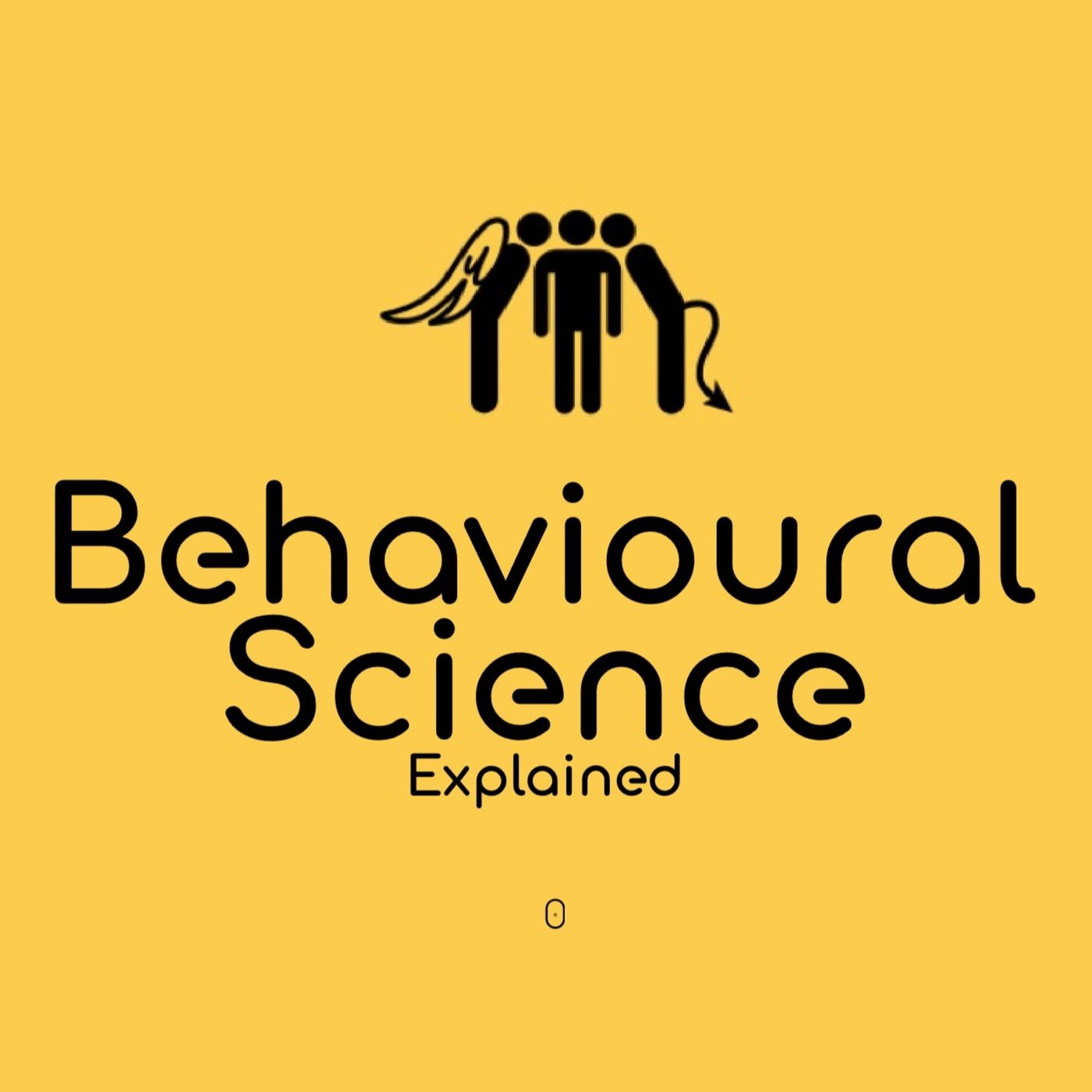Listen "Congruence Bias"
Episode Synopsis
Congruence bias is the tendency for people to over-rely on testing their initial hypothesis (the most congruent one) while neglecting to test alternative hypotheses. This means individuals rarely attempt experiments that could disprove their initial belief, instead opting to repeat initial results. It is a special case of confirmation bias, where people seek information that confirms existing beliefs and filter out contradictory evidence. This mental shortcut can lead to poor decision-making and a lack of critical thinking. The bias is evident when subjects repeatedly test their own, often naive, hypotheses rather than attempting to falsify them. For example, given two buttons where one opens a door, a subject might assume the left button is correct and only press it (direct test), neglecting the right button (indirect test) which could also reveal the answer. A classic demonstration is Peter Wason's "2, 4, 6" sequence experiment. Subjects were tasked with finding the rule for the sequence. Most quickly assumed the rule was "numbers ascending by 2" and only provided test sequences confirming this, like "8, 10, 12". Despite confirmation, the actual rule was simply "list ascending numbers". Subjects failed due to their inability to consider indirect tests. Real-life examples include sports fans ignoring negative news about their team, voters seeking only news supporting their political views, or individuals focusing solely on success stories for a chosen diet. Wason attributed this failure to an inability to consider alternative hypotheses, which forms the basis of Jonathan Baron's "congruence heuristic"—a tendency to test a hypothesis only by thinking of results that would be found if it were trueIn case you want to learn more, here is The Entire Behavioural Science Reading List on Amazon
More episodes of the podcast Behavioural Science Explained
Empathy Gap
19/09/2025
Effort Justification
15/09/2025
Denomination Effect
12/09/2025
Defensive Attribution Hypothesis
08/09/2025
Declinism
05/09/2025
Curse of Knowledge
01/09/2025
Cue-Dependent Forgetting
29/08/2025
Cross-race Effect
25/08/2025
Contrast Effect
22/08/2025
Contagion Effect
20/08/2025
 ZARZA We are Zarza, the prestigious firm behind major projects in information technology.
ZARZA We are Zarza, the prestigious firm behind major projects in information technology.
